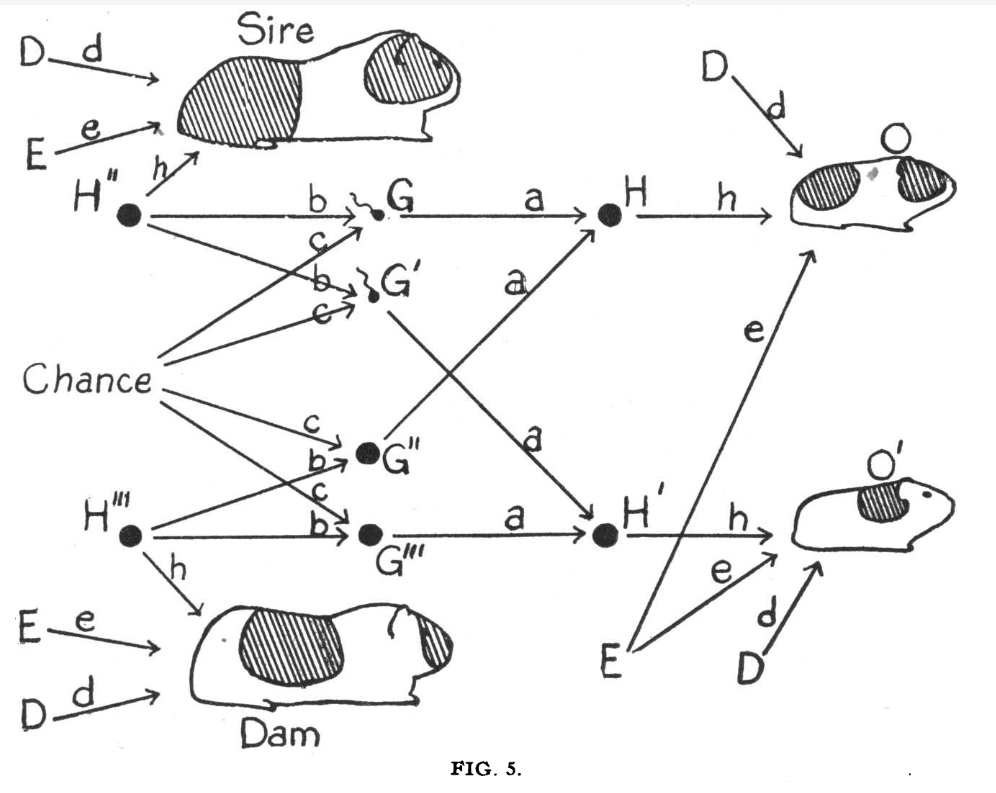Motivating Background Info
I was recently in a grad class and someone was presenting on a structural equation model (SEM) that had a mediation path. If I recall correctly, this was the specific pathway they were speaking about from this paper:
Someone in the class stated that there is no ability to run a path analysis with this data because the data isn't longitudinal. I have never heard this distinction before and because I wasn't aware of this, I didn't question the statement until I got home and wondered if this was indeed correct.
Question
My understanding is that path analysis and SEM are basically just extensions of regression (the paths are literally just regression paths at the end of the day), and this doesn't necessitate longitudinal data, but obviously having this kind of data is ideal. For example, Sewall Wright's original path analysis was done on Guinea pig heredity features, and as far as I recall, he did not use longitudinal data to explain his methods. His original path analysis is shown below:
Using this logic, let's say somebody wanted to investigate whether waking up early (measured in time) predicts coffee consumption (measured in cups), thereafter coffee consumption predicts productivity (measured in minutes). This is simply one regression path followed by another, and I don't think it requires longitudinal data (again, it would be ideal, but I don't know if that's totally necessary). Basically my question is what I've summarized already: does path analysis / SEM with mediation require longitudinal data?


